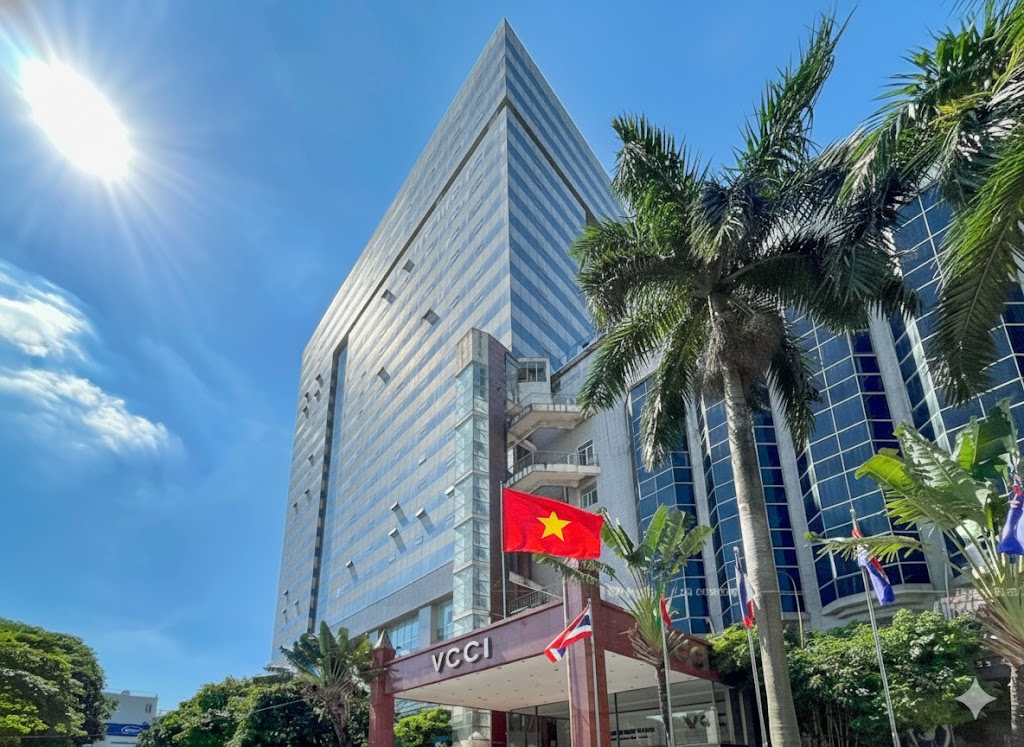A strategy to get ahead in Vietnam’s stock market
Short-term recovery on the stock market is possible—but not guaranteed. For investors, this is a time that calls for flexibility, caution, and smart capital allocation to protect gains and prepare for the next wave of opportunities.

Global Volatility and Local Resilience
The global economy is going through a turbulent phase. Major economies are facing complex, overlapping challenges, prompting governments to roll out a variety of support measures to stabilize growth and protect businesses and citizens.
In the United States, signs are emerging that the economic recovery is losing steam. The manufacturing sector is contracting, and although inflation appeared to ease in March with a drop in the Consumer Price Index (CPI), this was mainly driven by a sharp fall in energy prices—a temporary effect. As such, there’s still no clear evidence that inflationary pressures have truly cooled.
That said, the U.S. labor market remains a bright spot, according to ABS Research. Unemployment remains low, job creation is strong, and wages continue to rise. However, the long-term fight against inflation remains uncertain, especially with rising trade tensions, which could push up production costs and consumer prices.
In this environment, the U.S. Federal Reserve is unlikely to cut interest rates at its May meeting. ABS projects three rate cuts this year—in June, October, and December—along with a slower pace of balance sheet reduction to maintain financial system liquidity. These moves could ease pressure on bond yields and capital costs, providing a more favorable environment for asset markets, including equities.
In Europe, the situation remains difficult. Manufacturing activity continues to contract in both the EU and the UK, as businesses face high input costs, geopolitical risks from rising defense spending, and the threat of a broader trade war with the U.S. These pressures are limiting economic recovery and contributing to broader instability.
Vietnam: A Rare Bright Spot
In contrast, Vietnam posted a strong economic performance in Q1 2025, with GDP growing by 6.93%—its highest quarterly growth in five years. This was driven by a robust rebound in exports and imports, steady social investment, resilient industrial output, and effective government policies, including flexible monetary management, increased public investment, domestic consumption stimulus, and tourism revival.
Currently, Vietnam is benefiting from a 90-day U.S. tariff delay to allow time for negotiations. During this window, Vietnamese exports to the U.S. are expected to spike as American importers stock up ahead of any final tariff implementation. For now, Vietnam is subject only to a base tariff of 10%, similar to most countries.
Professor To Trung Thanh from the National Economics University believes this is a turning point. "Vietnam must shift its economic strategy by relying more on domestic resources—particularly the private sector—and maximizing free trade agreements to diversify export markets," he said. "At the same time, businesses need to rethink how they position themselves and create higher value to strengthen the economy’s resilience."
While Vietnam looks to expand into new markets, it must also prepare for potential challenges. As China loses access to the U.S. market, its surplus goods may flood other countries, including Vietnam, at discounted prices—an important risk to watch.
.jpg)
A Transitioning Market: Risks and Opportunities
Vietnam’s stock market has mirrored broader uncertainty. The VN-Index dropped sharply in early April 2025, pushing its price-to-earnings (P/E) ratio down to 10.86x as of April 9—well below the 13.16x recorded in early March. Historically, this has been a level where market rebounds often occur. The valuation of the VN30 group is even more compelling, with a P/E of just 9.72x—much lower than mid- and small-cap stocks. According to ABS, this suggests the market is entering an attractive valuation zone.
What’s also changing is market behavior. Instead of capital flowing into a few large-cap leaders, money is rotating across sectors—another signal that the market is transitioning.
ABS has outlined two possible scenarios for the VN-Index in April. The first—and more likely—scenario is a short-term recovery, as the index holds key support levels at 1,070 and 1,030 points. Panic selling has already taken place, and there are early signs of quiet accumulation by institutional investors. However, ABS cautions that this is still a counter-trend rally, requiring careful stock selection and disciplined trading.
The second scenario is continued decline. If macro conditions don’t improve, sentiment may remain weak, and selling pressure could pull the VN-Index toward deeper support levels. Ironically, this could present a big opportunity for those positioned to capture a strong 200-point rebound.
For investors still “stuck” in stocks from late March to early April, ABS advises portfolio restructuring during any rally. Risk-tolerant investors may trade short-term upswings with a “buy late, sell early” strategy. For medium- to long-term investors, this could be a prime time to accumulate high-potential stocks—especially if the market confirms stability within a certain trading range.
ABS recommends focusing on deeply discounted leading stocks in sectors like textile and garment exports, seafood, banking, and securities. Also attractive are sectors expected to benefit or remain resilient amid trade tensions, such as LNG distribution, public investment, food production, and fertilizer.
Dinh Quang Hinh, Head of Macro and Market Strategy at VNDirect Securities, shares this view. He believes long-term investors should consider increasing stock exposure at current valuations, as most tariff risks are already priced in—creating an attractive buying opportunity.
He added that if Vietnam successfully negotiates tariff exemptions or is upgraded to a “secondary emerging market” by FTSE, this could catalyze a significant market re-rating.
“With current valuations at historic lows, investors should consider allocating capital into sectors less exposed to global trade risks—especially those supported by fiscal and monetary policies and driven by domestic growth engines,” he said.








